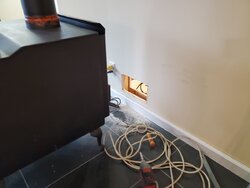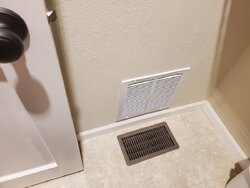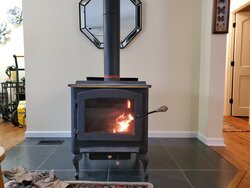Hello, I am having trouble getting my wood stove to draft properly. My house is airtight (so it seems.. new windows, doors, siding, .... ) so to get a good draft on the wood stove should we install a pipe from the 3" hole in the back down through the floor (wall behind stove is an interior wall)? I cannot find an example or mention on this. Thanks for your help!
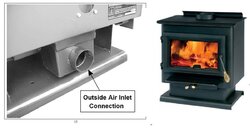
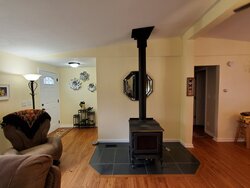




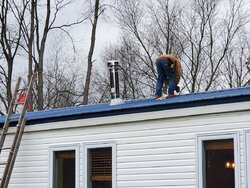
 The problem was that the house is too air tight. We cut a hole in the wall behind the stove, then cut a hole (through to crawl space) in the floor of the hall closet which is located behind said wall, and Twala!! Works perfectly now! We did not attach any pipe to the stove, the air intakes on the stove just sucked it in from the new vent set up. Very happy with how it worked out! Thank you all for your replies, I greatly appreciated your input and help!
The problem was that the house is too air tight. We cut a hole in the wall behind the stove, then cut a hole (through to crawl space) in the floor of the hall closet which is located behind said wall, and Twala!! Works perfectly now! We did not attach any pipe to the stove, the air intakes on the stove just sucked it in from the new vent set up. Very happy with how it worked out! Thank you all for your replies, I greatly appreciated your input and help!